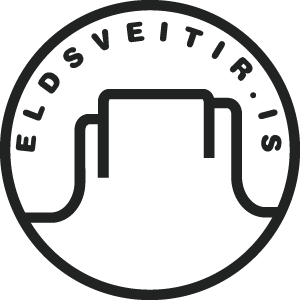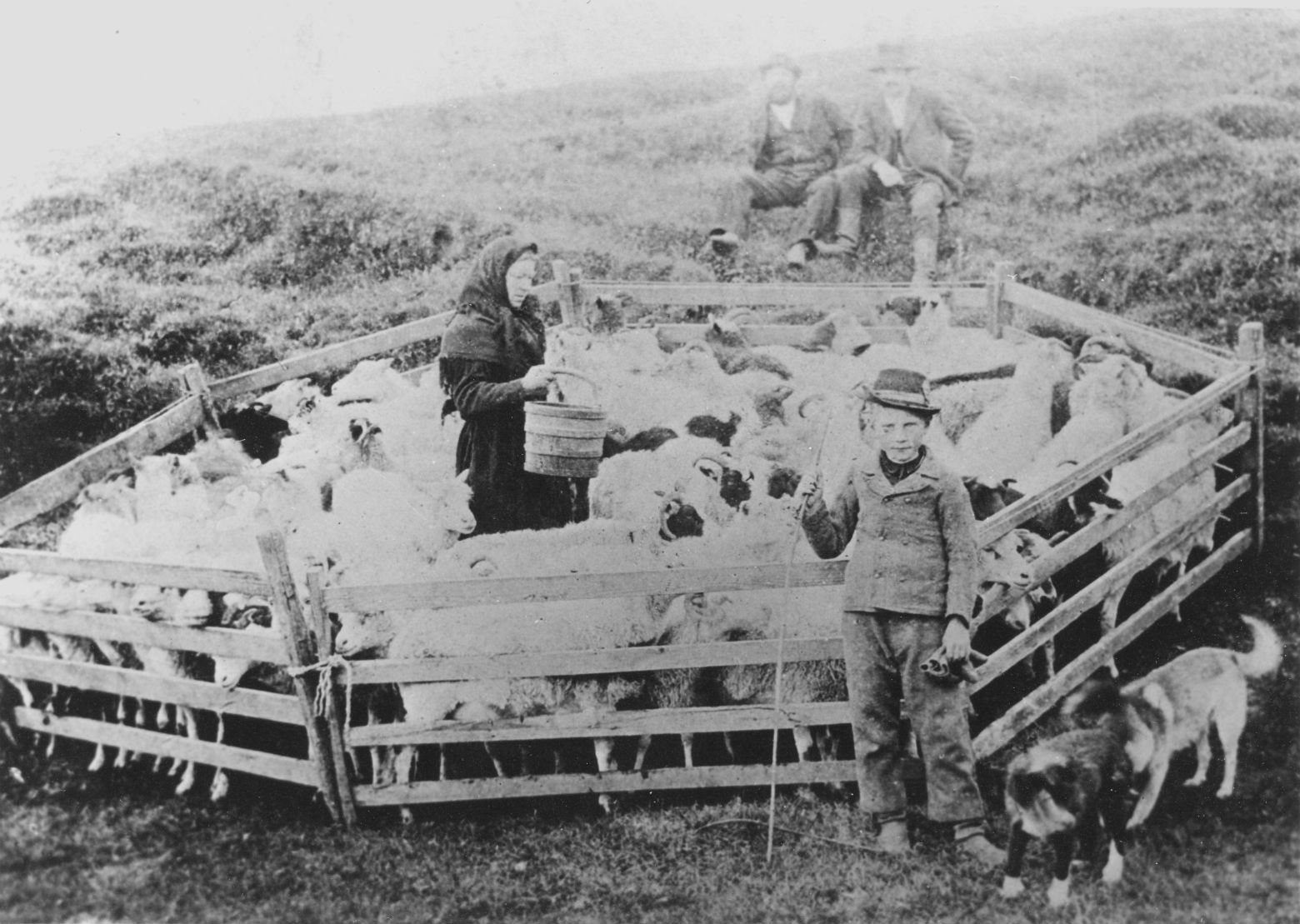
One of Iceland´s first photographers was raised on the farm Sandar in the district of Meðalland on Iceland´s south coast. Many of his photographs still exist and are in pristine condition, despite dating from the period 1902-1905. Most of them are today in the safekeeping of the museum at Skógar.
Eggert Guðmundsson was born on the farm Sandar in 1876. At the age of 17 he left home to become a fisherman and turned his hand to a variety of other jobs. However, his burning desire to become a photographer some emerged.
Studying to be a photographer and working with Daniel Bruun
In 1902 Guðmundsson began his studies in photography under the guidance of photographer Sigfús Eymundsson. In 1902 he bought a camera and equipment for developing film. This he financed with a bank loan facilitated through the goodwill of some influential backers.
The next summer he travelled through the Skaftafell district and far to the east taking pictures. On his travels, he met Daniel Bruun, who was in the company of a group of surveyors from the Danish army. The two photographers agreed to cooperate in taking pictures. The result of this interaction can be seen in the book Íslenskum þjóðlíf í þúsand ár (Life in Iceland Over a Thousand Years) published in 1987 and other books published by Bruun in Copenhagen. Guðmundsson continued his studies in Reykjavik but also travelled throughout the south taking pictures. In the autumn of 1904 Guðmundsson stayed in the town of Vík where he worked as a photographer.
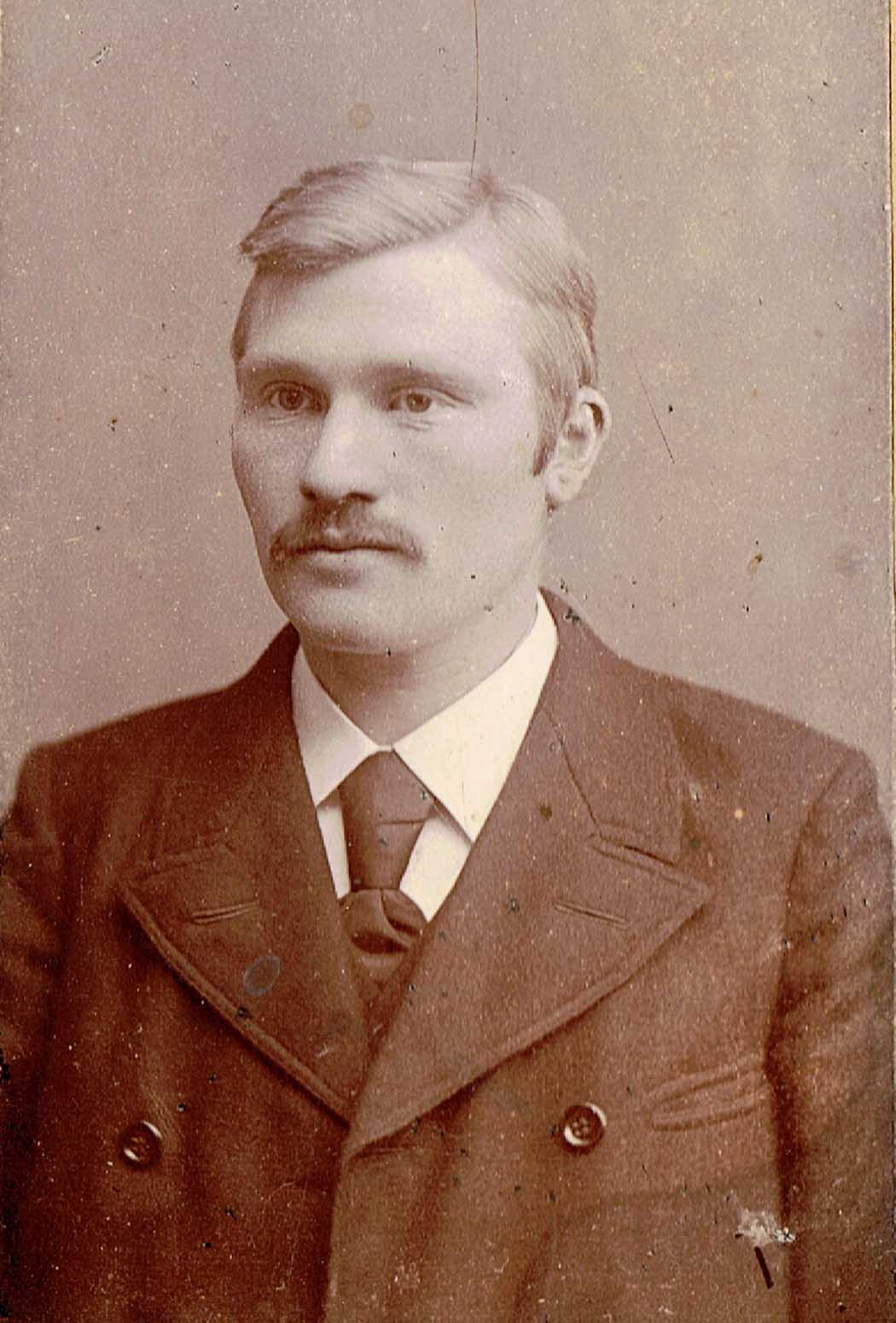
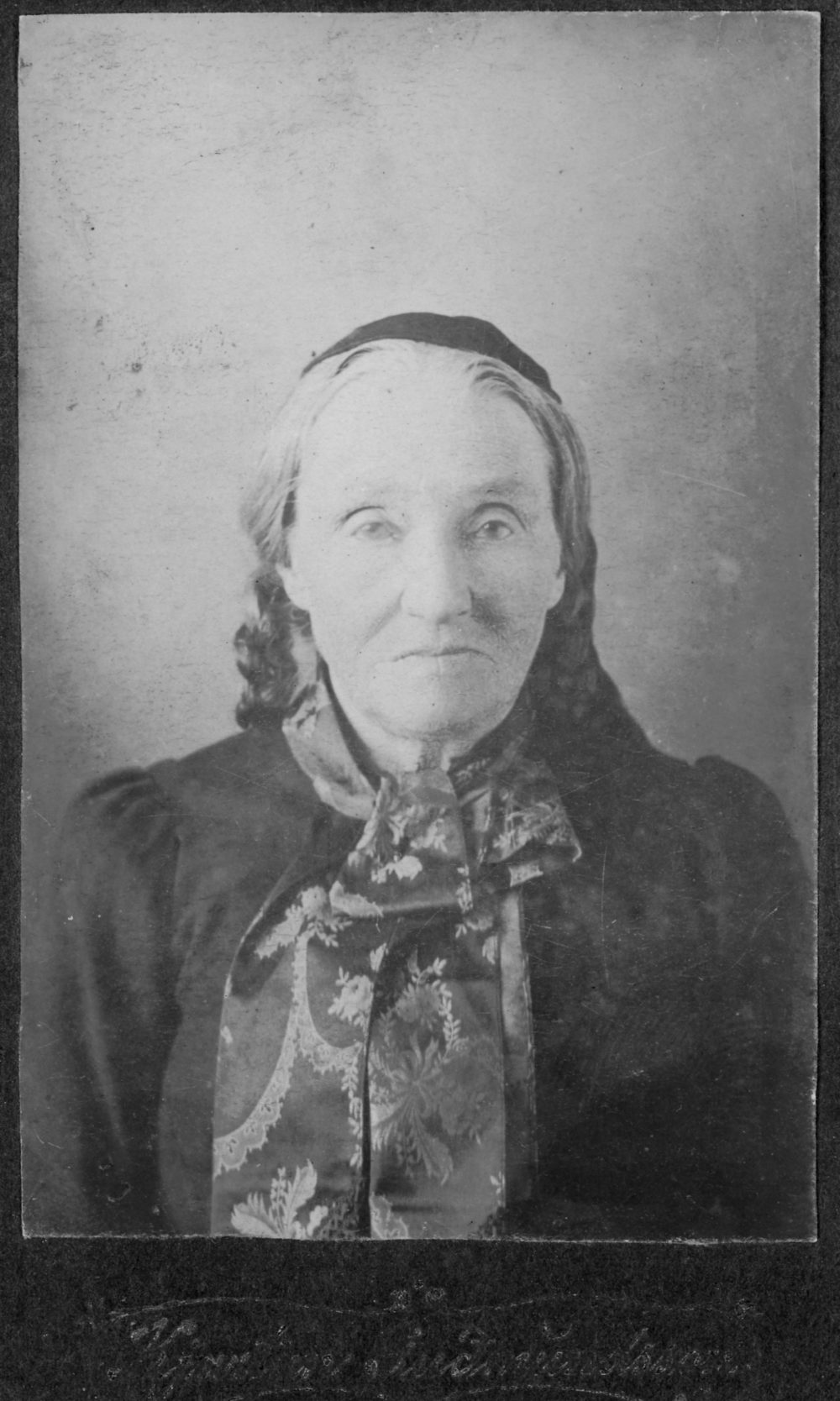
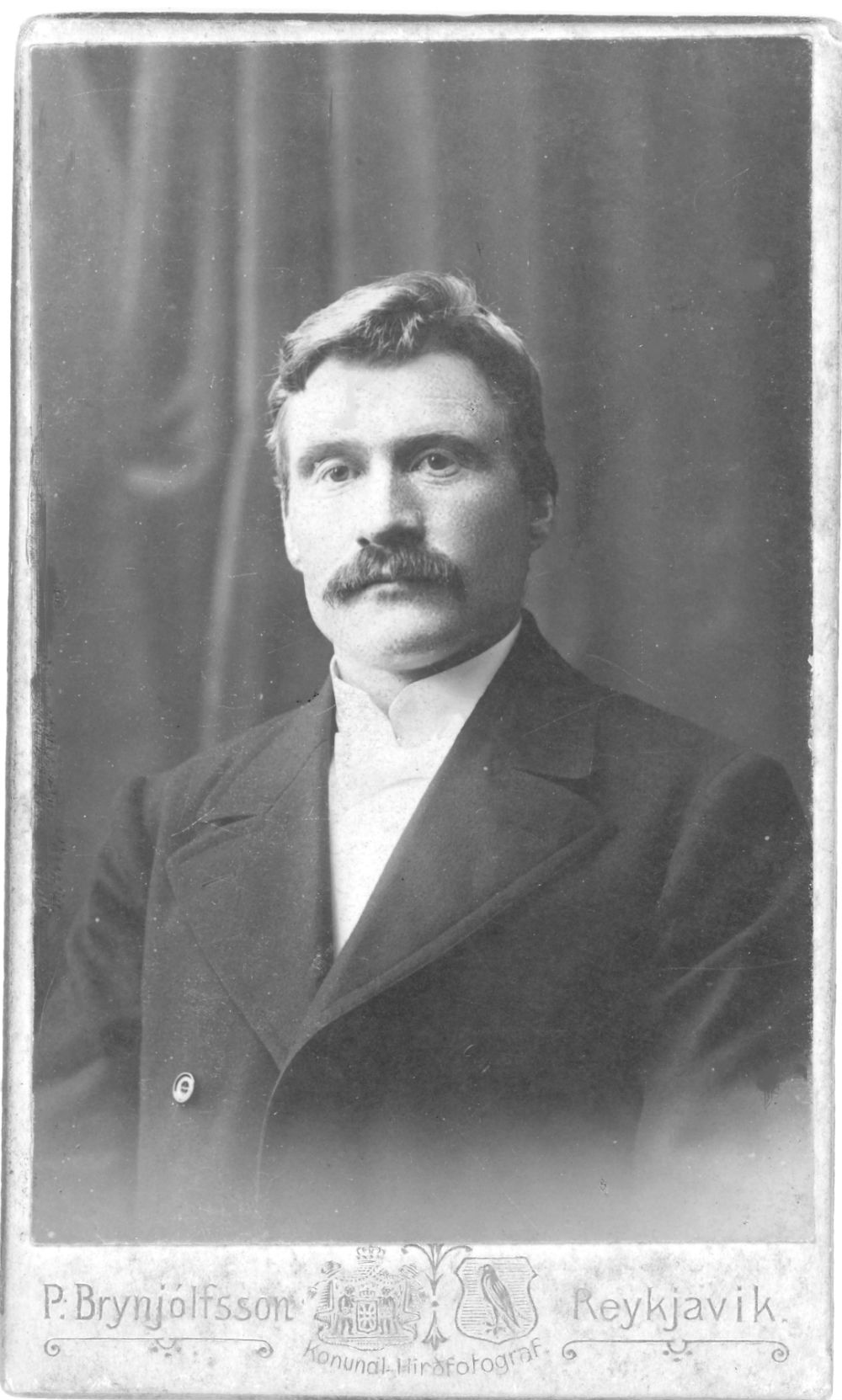
1905: A young life tragically cut short
Guðmundsson was at home on the farm Sandar in Meðalland. It was considered a good farm having access to driftwood, the hunting of seals and the catching of trout. On Thursday, 16 February 1905, news reached the farm that a group of men from the east homeward bound from transporting goods along the coast would need lodging. They came from the west in the evening, stayed the night at Sandar and planned to continue eastwards the following day. Guðmundsson and some others went out to test the ice and see if it were thick enough to support horses. The horses were tethered two and two together in a single file and led by the farmer Björn Pálsson. Suddenly the ice gave way and Pálsson and two horses ended in the icy water. Pálsson and the first horse made it up on to the river bank, but not the horse tethered behind. One of the men close by was about to take his knife and cut the rope between the horses but couldn´t find the knife. He then realized that morning he had changed waistcoats and had forgotten to transfer the knife.
“Guðmundsson, who was some distance ahead, ran back with the intention of cutting the rope. Suddenly the edge of the ice gave way and Guðmundsson and two horses were submerged in the strong current. According to his brother Jóhannes, his death cry of “I´m gone!” could be heard all the way to Sandar farm 100 metres away. All of a sudden he came to the surface but appeared unconscious. Man and horses then disappeared beneath the ice and nothing could be done.”
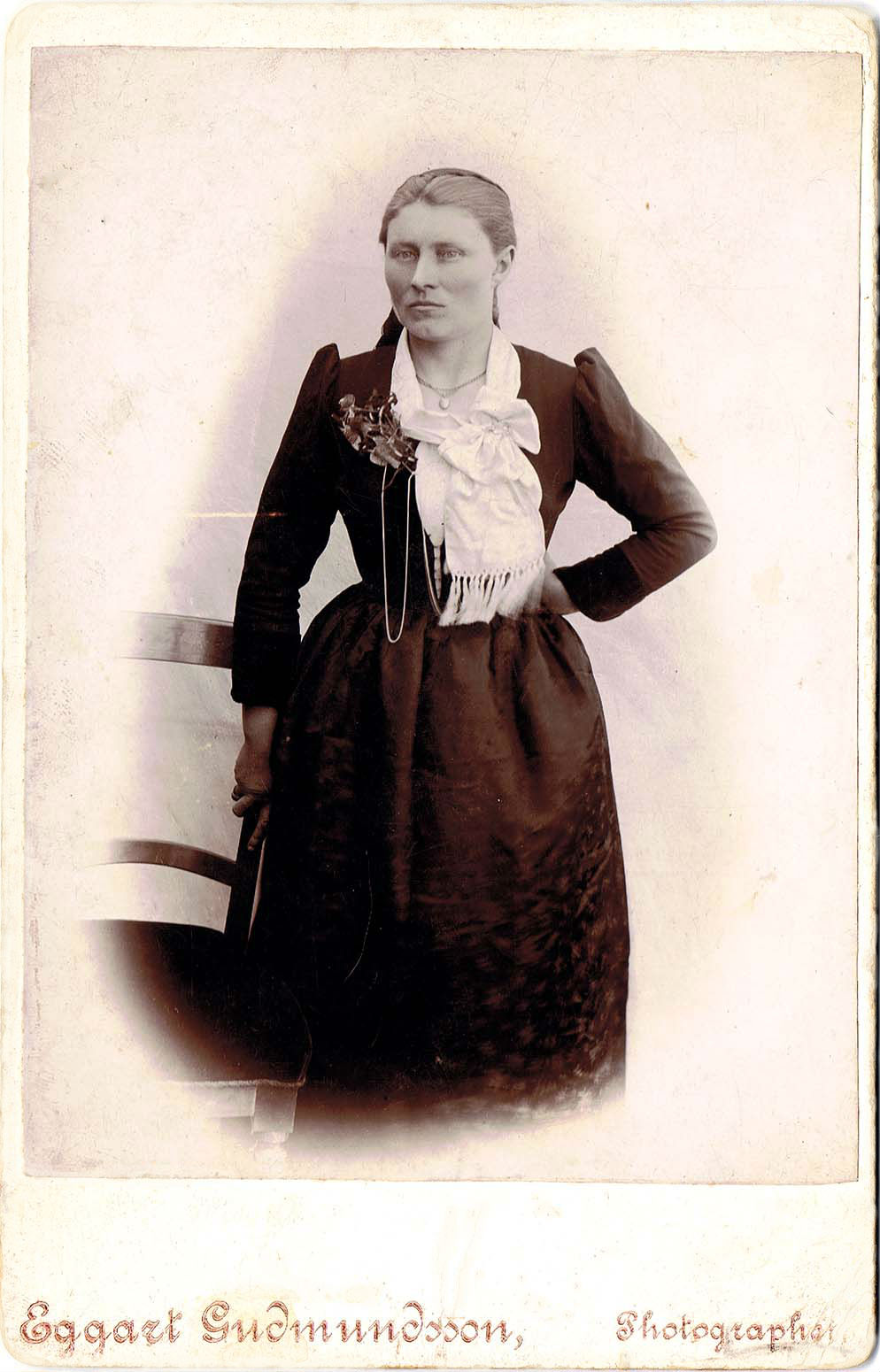
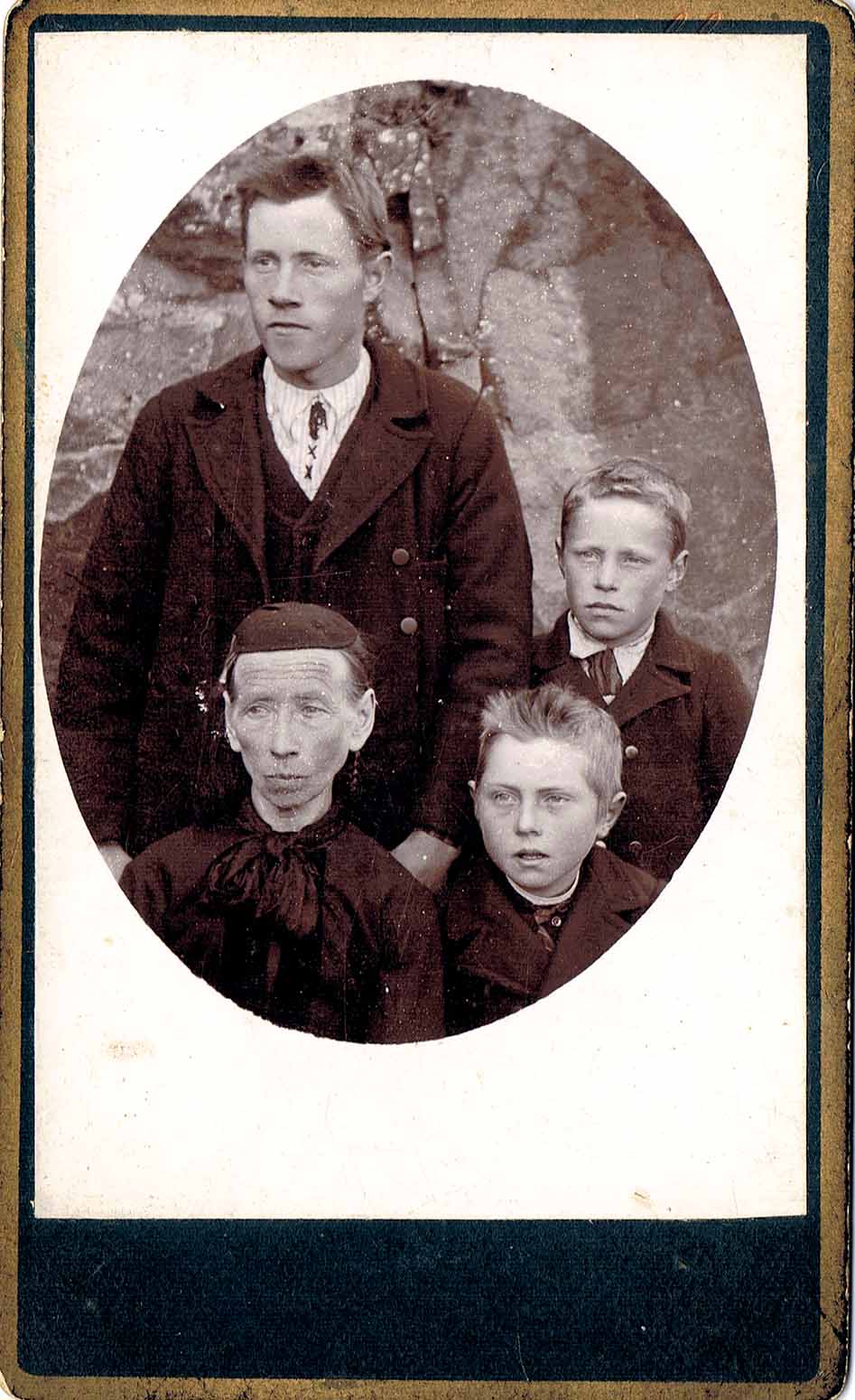
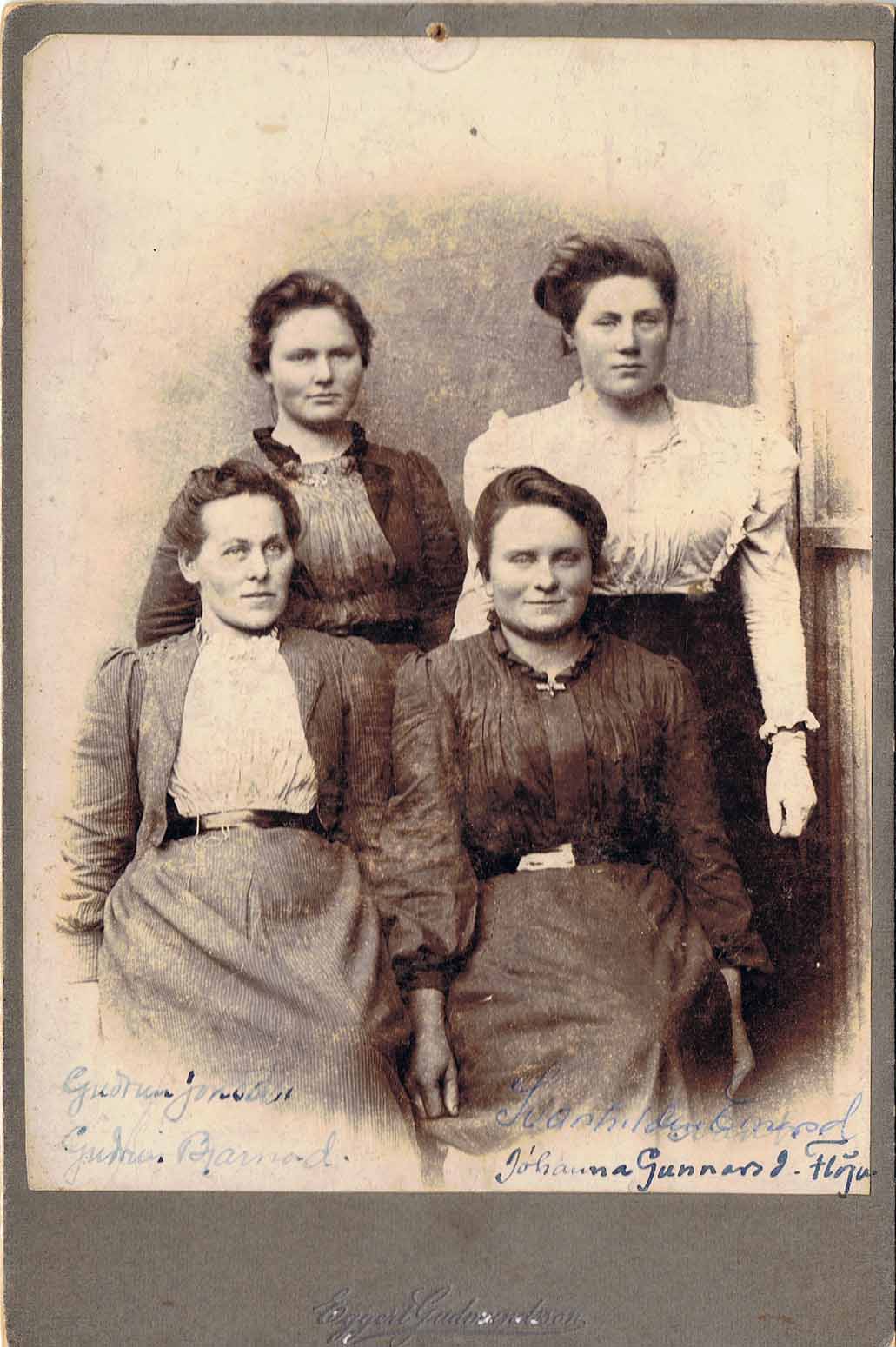
Men working at Road Construction the year 1904.
Upper row from left: Friðfinnur Sigurðsson, Háu-Kotey; Sigurður Sigurðsson, Lágu-Kotey; Ólafur Ingimundarson, Langholti; Erasmus Árnason, Leiðvelli; Bjarni Markússon, Hól; Sveinn Þorsteinsson, Melhól; Erasmus Árnason, Nýja-Bæ; Jón Ormsson, Efri-Ey; Hjörleifur Jónsson, Sandaseli; Sveinn Sveinsson, Ásum; Ingibergur Þorsteinson, Melhól; Sverrir Ormsson, Efri-Ey, Árni Jónsson, Efri-Ey.
Lower row from left: Jóhann Sigurðsson, Bakkakoti; Loftur Guðmundsson, Söndum; Sigurbergur Einarsson, Fjósakoti; Elías Stefánsson, Króki; Einar Einarson, Strönd; Magnús Jónsson, Feðgum; Sigvaldi Sigurðsson, Bakkakoti; Hávarður Jónsson, Steinsmýri; Sveinn Ingimundarson, Melhól.
In 1904 there were many people in Meðalland and farming on many farms, as can be seen from where these people live. The information came from the Skógar Museum and this photo is preserved there.
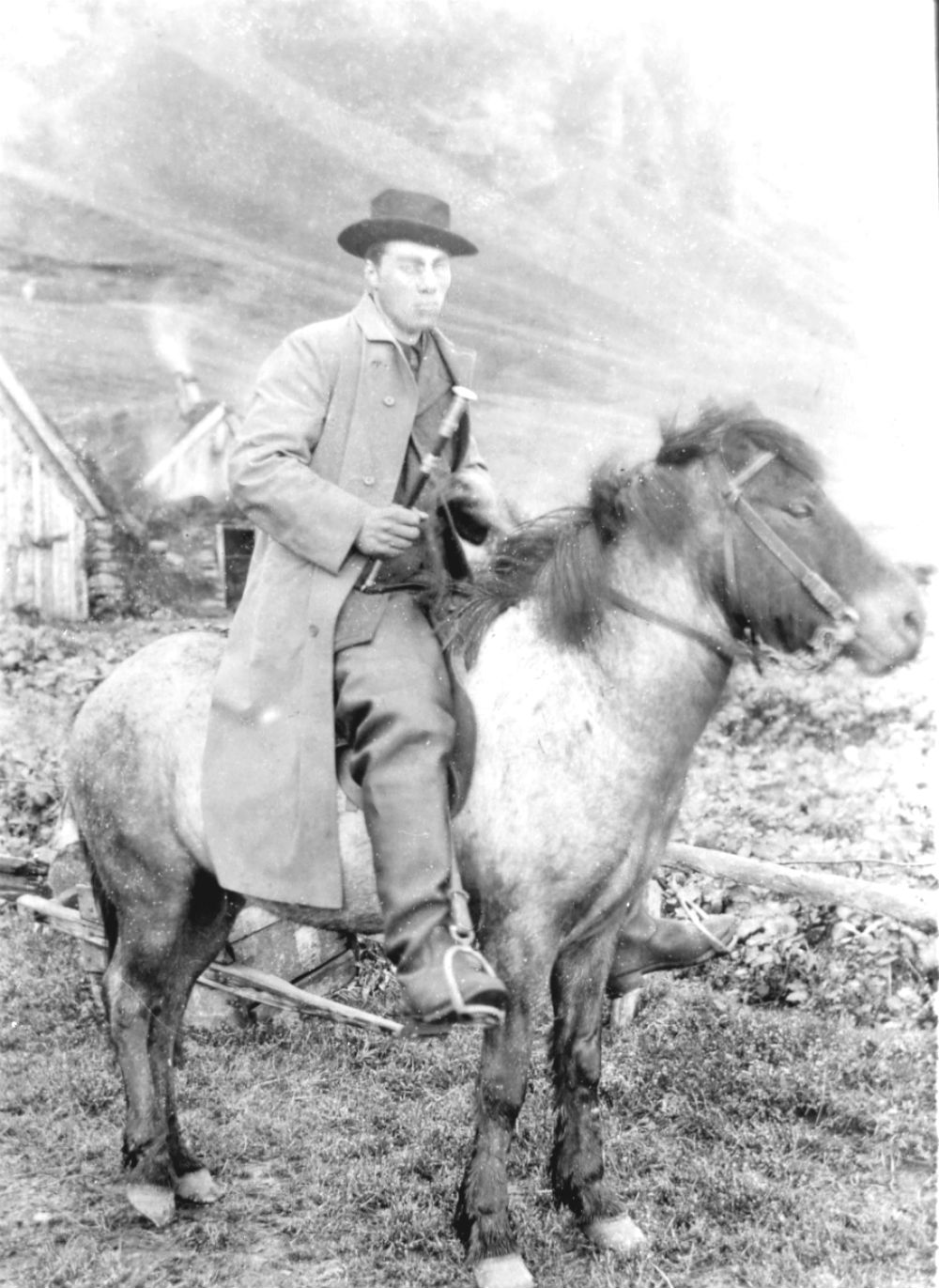
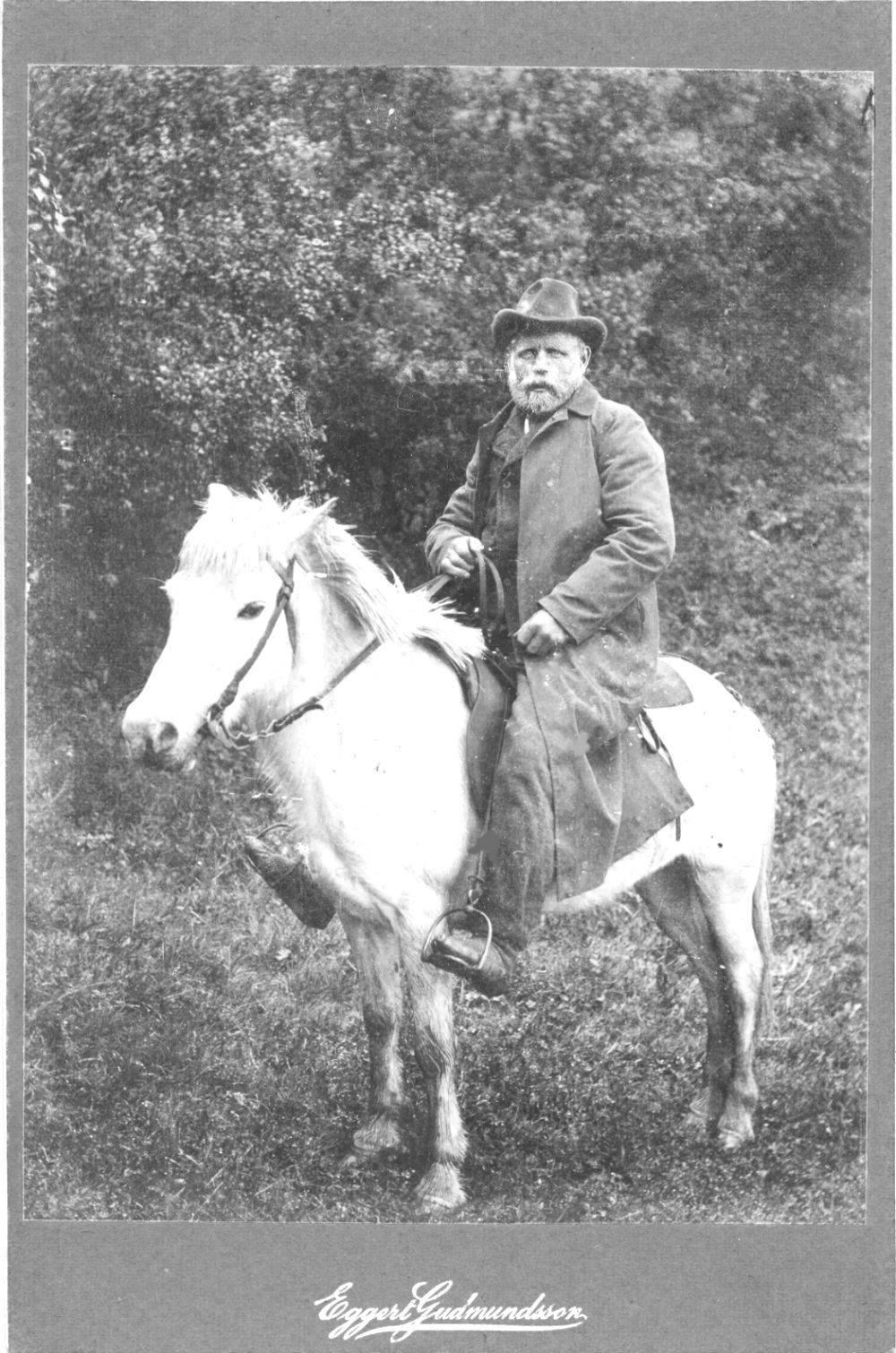
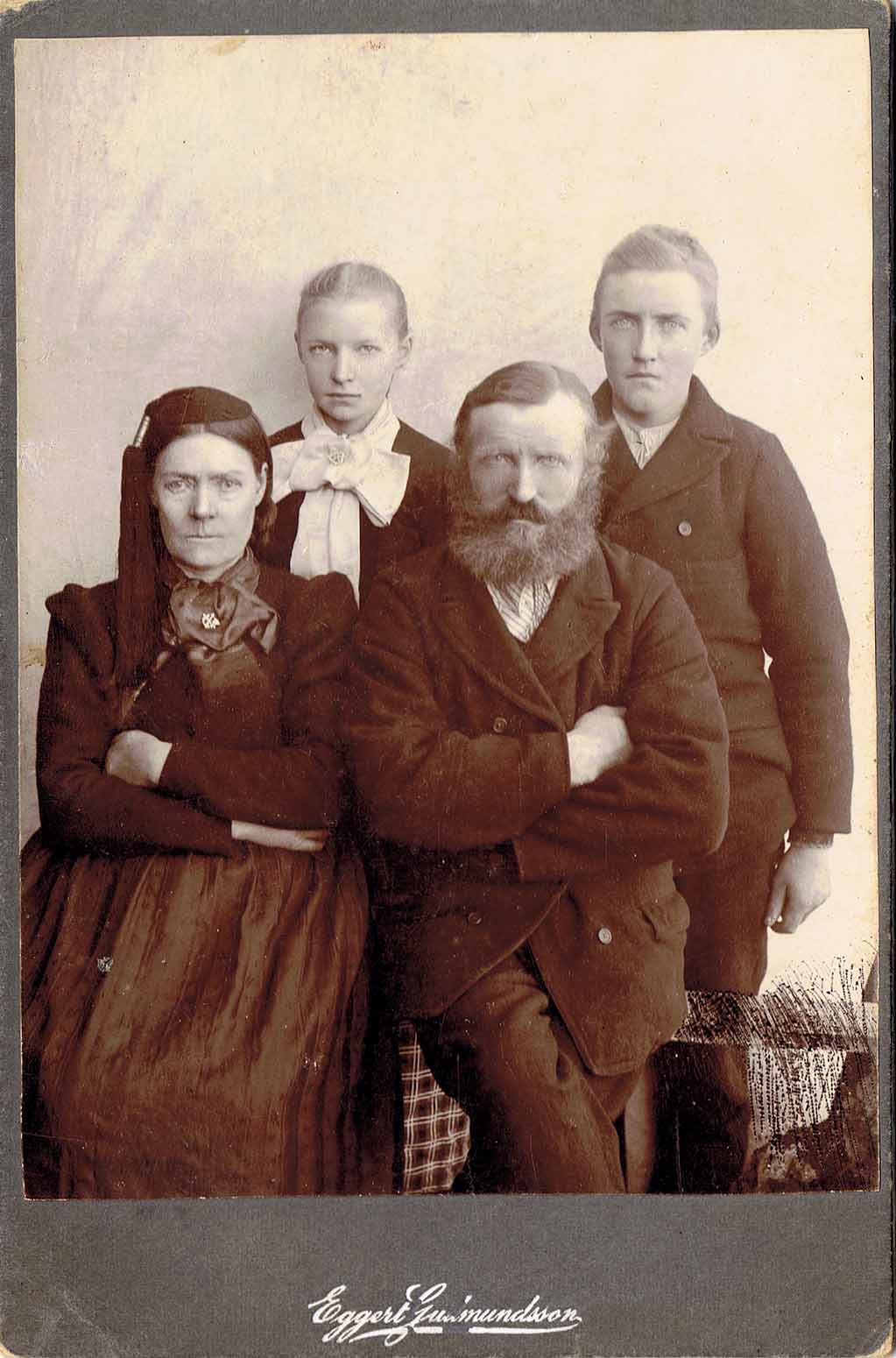
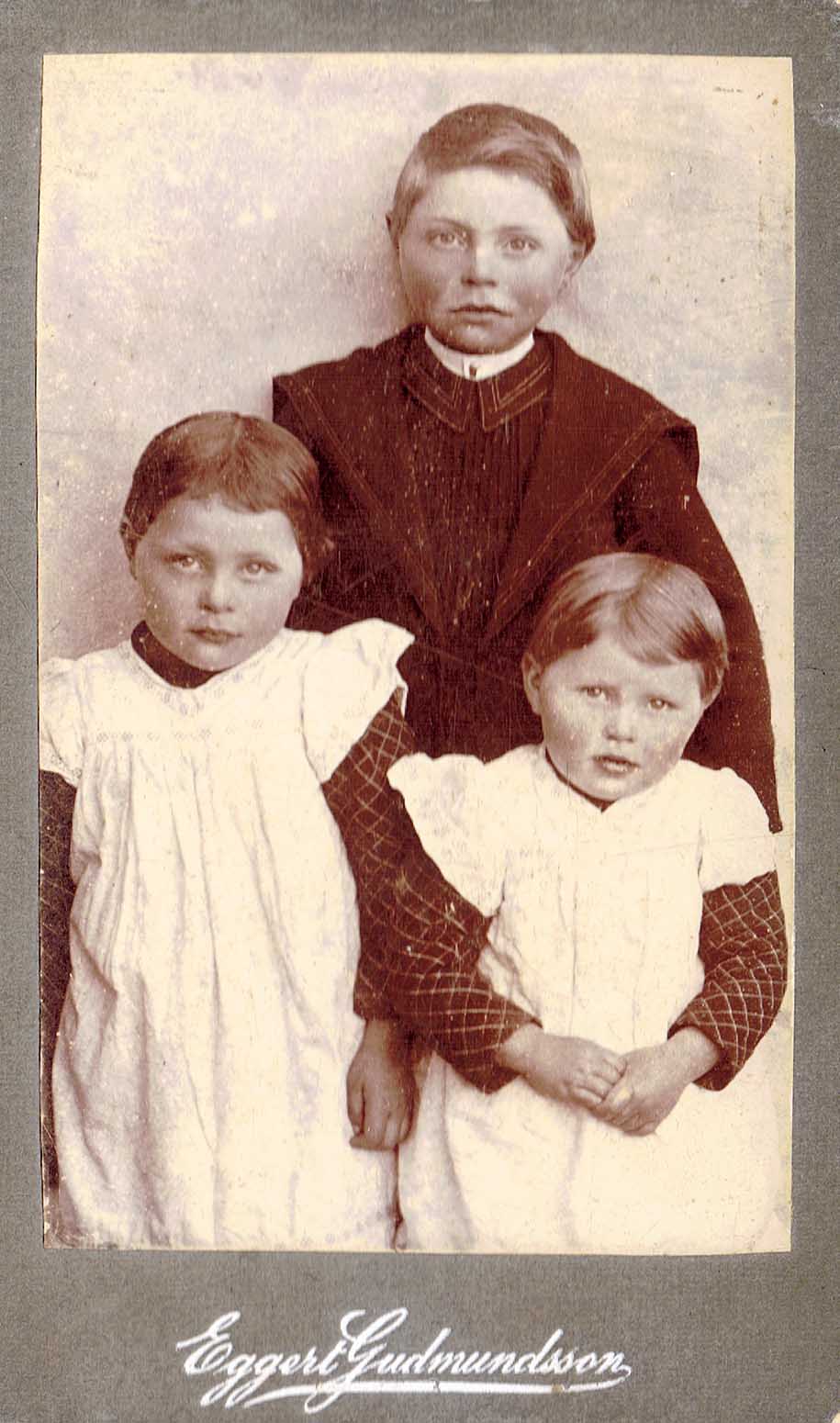



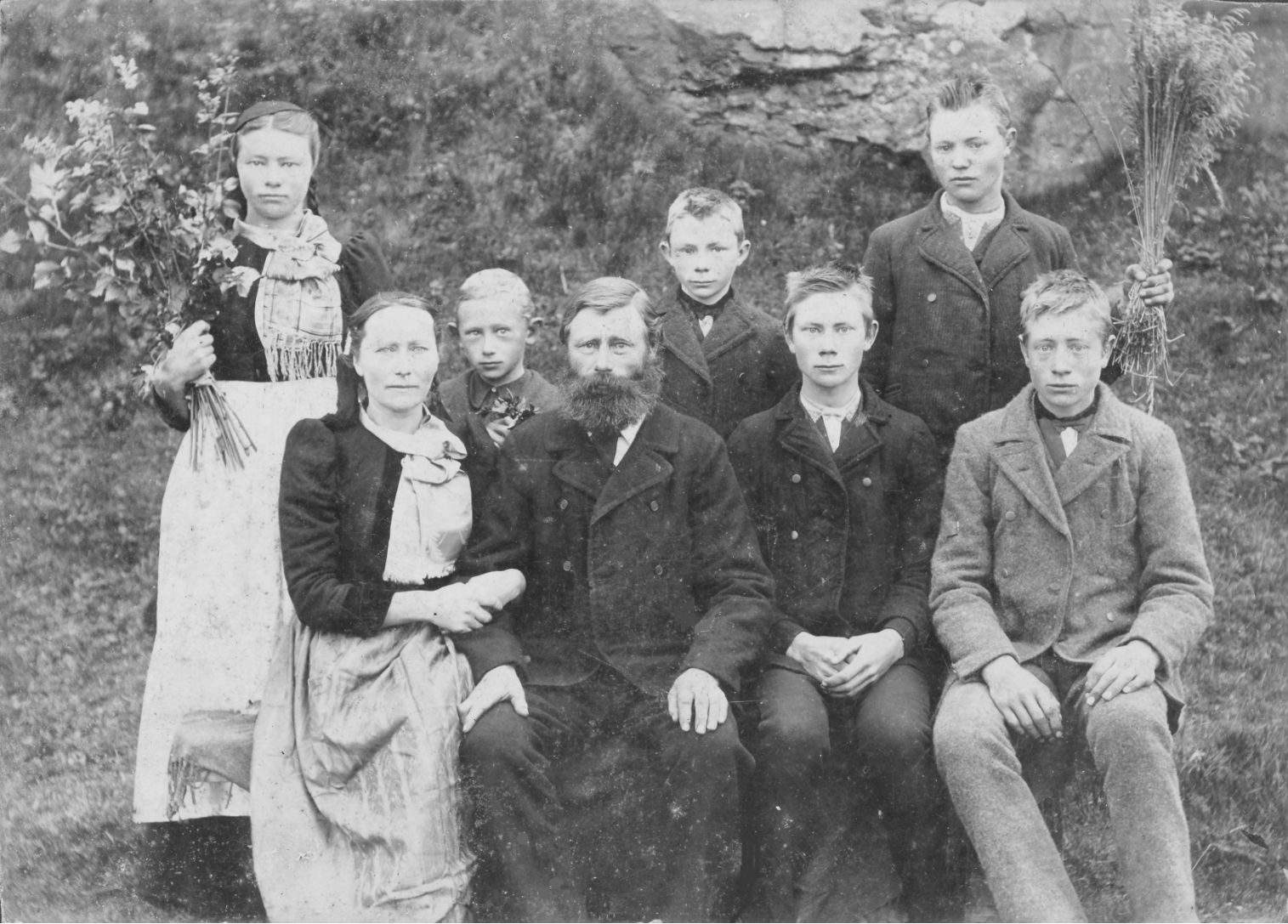
Eggert Guðmundsson died at the tender young age of 28
Though Guðmundsson had been studying photography for only three years it was clear he had the makings of a fine photographer. Quite a number of his pictures still exist and many of them are artistical of high quality. Despite his young age and limited experience, Guðmundsson had gained considerable skill in this emerging art form. This young local lad of Meðalland met a tragic end in the treacherous estuary waters that for centuries posed a grave threat to the communities along the south coast. His memory however very much lives on through his photographs.
The photos in this article are kept in Skógar Museum
